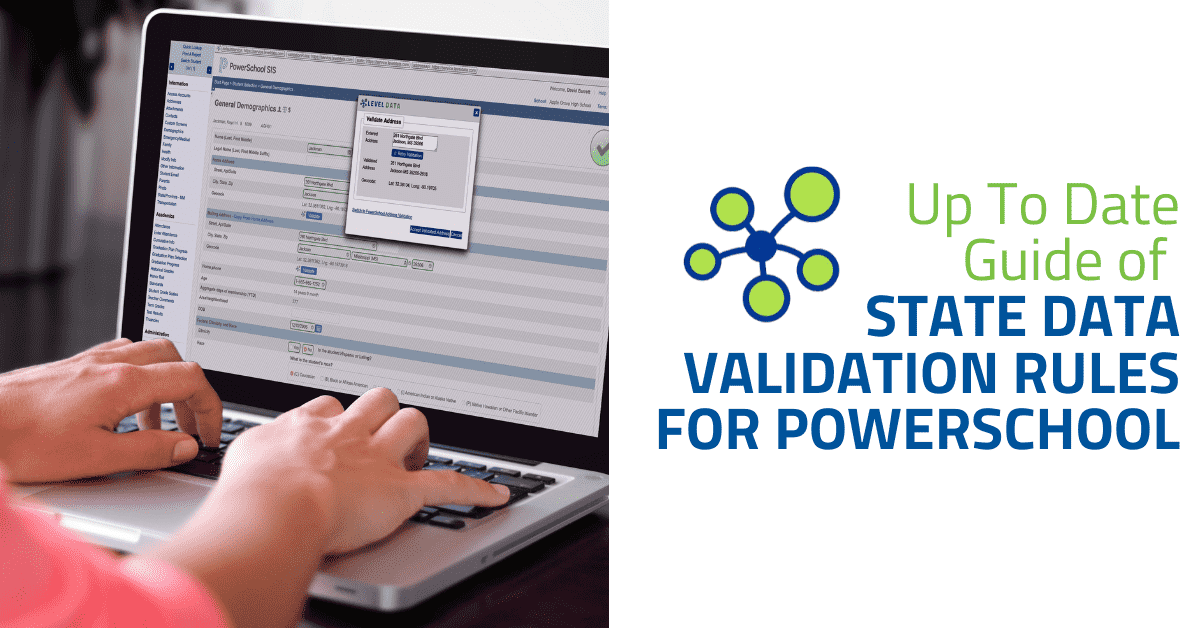The Connecticut State Department of Education utilizes the Public School Information System (PSIS) to gather information on student enrollment across the state of Connecticut. This data serves various purposes, including supporting federal and state grants. Additionally, the PSIS data is integrated with other data collection systems within the CSDE
That's where Level Data comes in!




